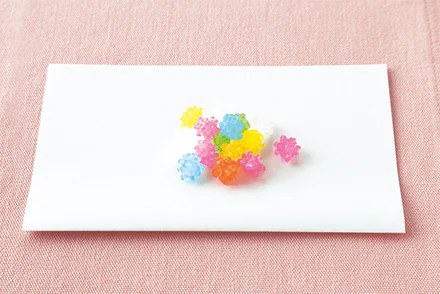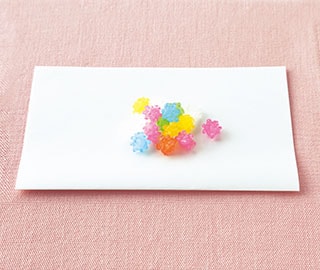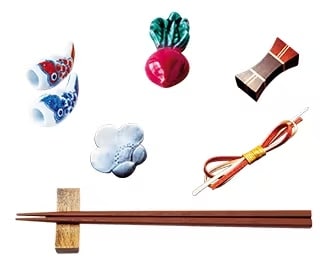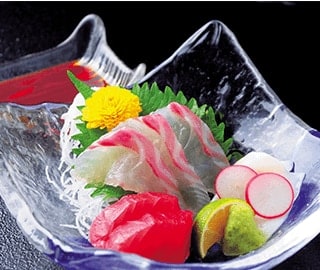
Kaishi, literally “pocket papers,” are one of Japan’s most ancient and useful traditions. These papers are about 15cm (6 in.) square; men may carry slightly larger sheets than women. Kaishi were originally used by the aristocracy during the Heian period (794-1185), tucked inside the front of one’s kimono for use as a handkerchief, or for jotting down waka poetry. Kaishi have also traditionally been used during the tea ceremony to embody gestures of cleanliness and respect: to wipe the rim of the tea bowl, to clean fingers and chopsticks when enjoying wagashi Japanese confectionery, and as individual “plates” for the wagashi. Today the practicality of kaishi is appreciated beyond the tea ceremony. It is considered good manners, for example, to hold kaishi beneath foods that may drip when transferring from plate to mouth. Fewer people carry kaishi now, but its modern colors and styles suggest other uses, including as unique, elegant notepaper.














